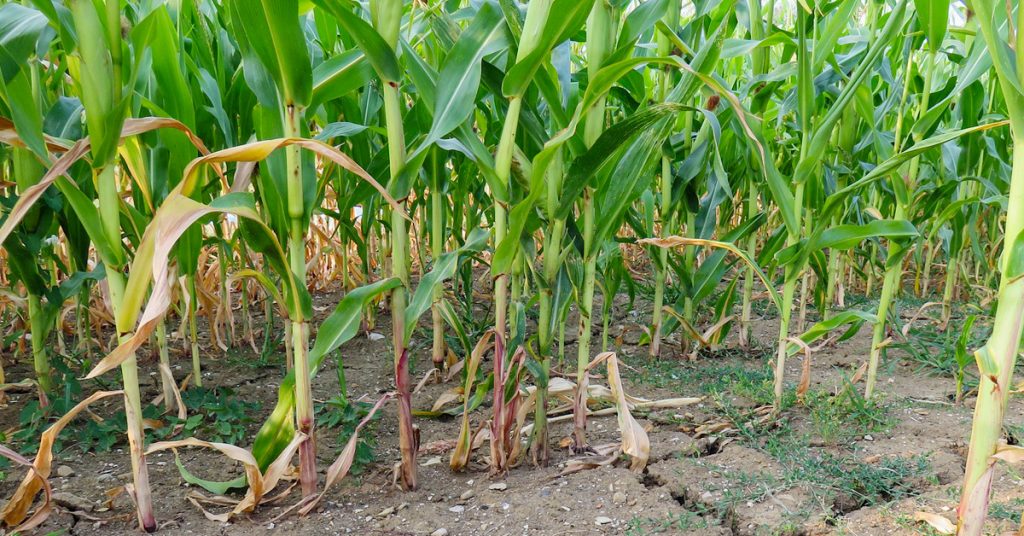Those darn weeds, they’re just a pain! When we generally think of weed problems, we think about how weeds are competition for necessary crop-growing resources such as nutrients, moisture, light, and space. While those are warranted concerns, one area that might get overlooked is how poor weed management can lead to insect infestations, which can transition into additional problems for the health and productivity of your crops. The expert team at E4 Crop Intelligence will focus on the effects of poor weed management and how it can lead to insect and crop disease issues.
The Relationship Between Weeds and Insects
Pest and insects will lay their eggs on weeds during the spring and live off the plants initially; they could eventually migrate to crops such as corn or soybeans as they start to grow into their more mature stages. The pests not only eat away at the crops but can also be a carrier for crop diseases, such as corn flea beetles for Stewart’s disease.
For example, the black cutworm presents a danger to corn crops. During early spring, the black cutworm moth migrates from the south throughout the United States. Female moths lay their eggs on weeds. When the eggs hatch, their larvae feed on the weeds until the weeds are removed by tillage or herbicides. As the weeds are displaced, the larvae will move to the corn itself during seedling growth.
As they feed on the emerged corn, the insects can damage the crop by ‘cutting the corn.’ This can happen near or below the soil surface. Typically, damage is seen in a linear progression of feeding with the row or across multiple rows. Larvae commonly eat seedlings up to the V5 stage. After that, the crop is too large. But as the plants grow, the larvae can bore into the corn. By moving into the plant, the insects can cause a hollow heart defect (a cavity) in the crop and potentially destroy it.
What Management Options Can You Pursue?
Growers have a few ways they can go about reducing the pressures that weeds bring along. They include the following:
Utilize Crop Scouting
Throughout the growing season, be sure to scout for weeds (either by yourself or have it professionally done) so that potential weed problems can be identified and an appropriate treatment option can be selected.
Decisively Apply Herbicides
Once the weeds have been identified, be sure to consult with a professional about proper herbicide options. It’s best practice to follow the herbicide-application labels for the best results.
How E4 Crop Intelligence Can Assist You
As a truly independent, data-driven agronomy firm, E4 Crop Intelligence is here to help growers and their specific operational needs. The agronomy firm’s crop scouting service utilizes a dedicated team of experts to provide important, timely information about a grower’s fields and alerts them of problems before they become unmanageable, such as weed and insect pressures.
And if the unimaginable happens, E4 has crop insurance services to give growers peace of mind. Those who are signed up for E4’s crop insurance and crop scouting services get the added benefit of having a skilled agronomist ready to evaluate the damage to a field and file an insurance claim on behalf of the grower, all without the customer lifting a finger.
For more information about the services of E4 Crop Intelligence, visit E4CropIntelligence.com.

